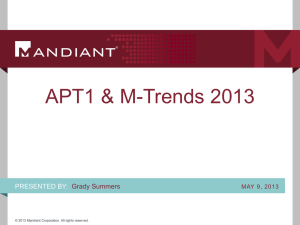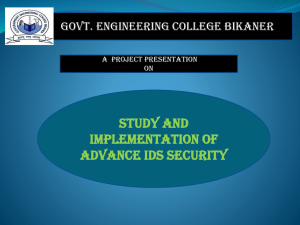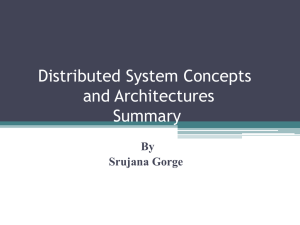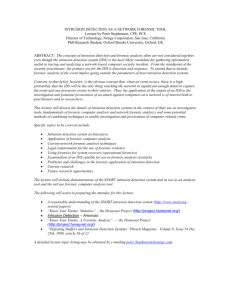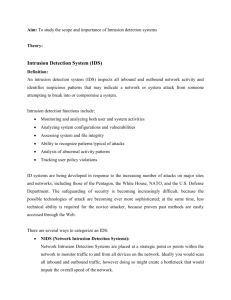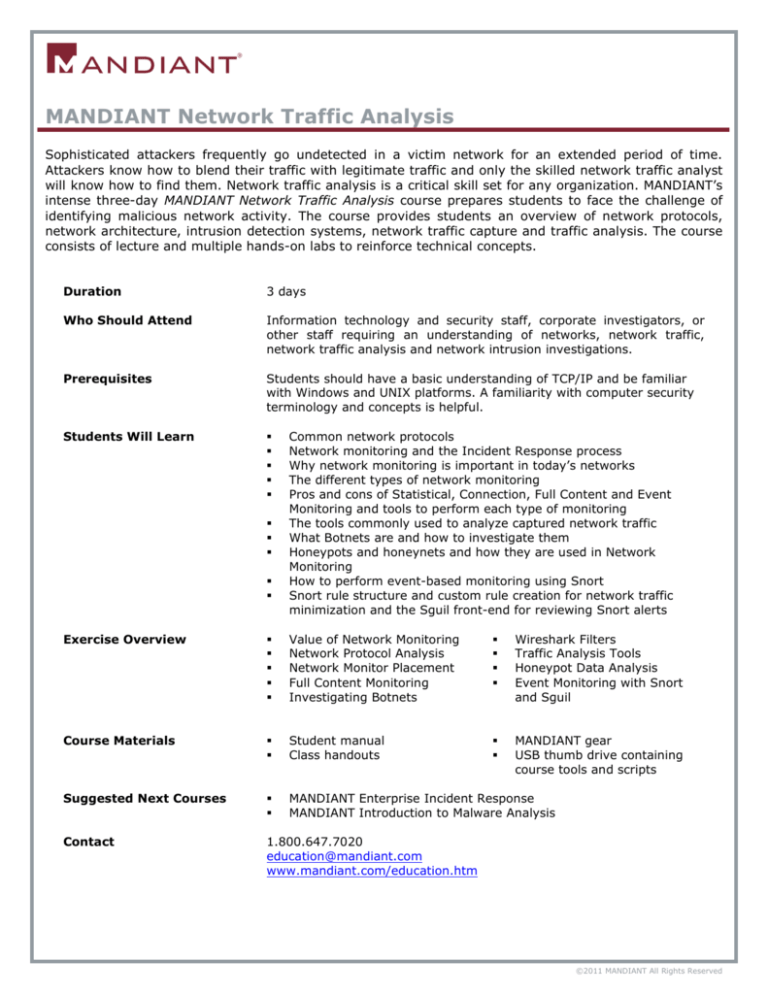
MANDIANT Network Traffic Analysis
Sophisticated attackers frequently go undetected in a victim network for an extended period of time.
Attackers know how to blend their traffic with legitimate traffic and only the skilled network traffic analyst
will know how to find them. Network traffic analysis is a critical skill set for any organization. MANDIANT’s
intense three-day MANDIANT Network Traffic Analysis course prepares students to face the challenge of
identifying malicious network activity. The course provides students an overview of network protocols,
network architecture, intrusion detection systems, network traffic capture and traffic analysis. The course
consists of lecture and multiple hands-on labs to reinforce technical concepts.
Duration
3 days
Who Should Attend
Information technology and security staff, corporate investigators, or
other staff requiring an understanding of networks, network traffic,
network traffic analysis and network intrusion investigations.
Prerequisites
Students should have a basic understanding of TCP/IP and be familiar
with Windows and UNIX platforms. A familiarity with computer security
terminology and concepts is helpful.
Students Will Learn
Common network protocols
Network monitoring and the Incident Response process
Why network monitoring is important in today’s networks
The different types of network monitoring
Pros and cons of Statistical, Connection, Full Content and Event
Monitoring and tools to perform each type of monitoring
The tools commonly used to analyze captured network traffic
What Botnets are and how to investigate them
Honeypots and honeynets and how they are used in Network
Monitoring
How to perform event-based monitoring using Snort
Snort rule structure and custom rule creation for network traffic
minimization and the Sguil front-end for reviewing Snort alerts
Exercise Overview
Value of Network Monitoring
Network Protocol Analysis
Network Monitor Placement
Full Content Monitoring
Investigating Botnets
Wireshark Filters
Traffic Analysis Tools
Honeypot Data Analysis
Event Monitoring with Snort
and Sguil
Course Materials
Student manual
Class handouts
MANDIANT gear
USB thumb drive containing
course tools and scripts
Suggested Next Courses
MANDIANT Enterprise Incident Response
MANDIANT Introduction to Malware Analysis
Contact
1.800.647.7020
education@mandiant.com
www.mandiant.com/education.htm
©2011 MANDIANT All Rights Reserved
Case Studies
Traffic Analysis: Protocols
Students are presented a case study coupled with a
lab to reinforce critical concepts.
Wireshark is the tool of choice for traffic analysis.
This section introduces the student to Wireshark
and how it is used to dissect various network
protocols and identify and extract suspect payloads.
Network Protocol Review
Instructors will provide a quick overview of the
TCP/IP
protocol
stack
to
ensure
students
understand the foundational elements of network
traffic.
Students will also learn the various
daemons and services that support network
communications.
Incident Response Process
Students will explore the Incident Response process
and how network monitoring supports a network
intrusion investigation.
Network Monitor Hardware & Placement
Explore
various
hardware
and
software
configurations and the techniques used to collect
network traffic. Students will also learn to identify
the proper placement of network traffic monitoring
devices for wired and wireless networks.
Traffic Analysis: Tools
Discuss and use various tools that aid an analyst
during the course of a network intrusion
investigation.
Honeypots: Real-World Attacks
This section sheds light on honeypots and their role
in discovering attacker tactics and techniques.
Students will learn about the Honeynet Project and
use tools from the project to analyze data
harvested from a successful attack.
Investigating Botnets
Discuss what Botnets are and how they work. Tools
and methods used to analyze and investigate
Botnets.
Statistical Monitoring
Final Exercise
Students learn how network traffic statistical
analysis can point to signs of a network intrusion.
Students will also explore open source tools
commonly used to perform network traffic statistical
analysis.
Students put their knowledge to the test during the
final exercise. During the final exercise, students
are provided data from a network intrusion and are
challenged to determine the attack methods used
and the origin of the attack.
Event-based Monitoring
Event-Based Monitoring introduces students to the
various technologies designed to alert security
personnel of a network intrusion. The section
covers: Discuss Network Intrusion Detection
Systems (NIDS), Introduction to Snort NIDS, Snort
rule structure and custom rule creation and Sguil as
a graphical interface for Snort alert review.
Explore
various
hardware
and
software
configurations and the techniques used to collect
network traffic. Students will also learn to identify
the proper placement of network traffic monitoring
devices for wired and wireless networks.
©2011 MANDIANT All Rights Reserved

